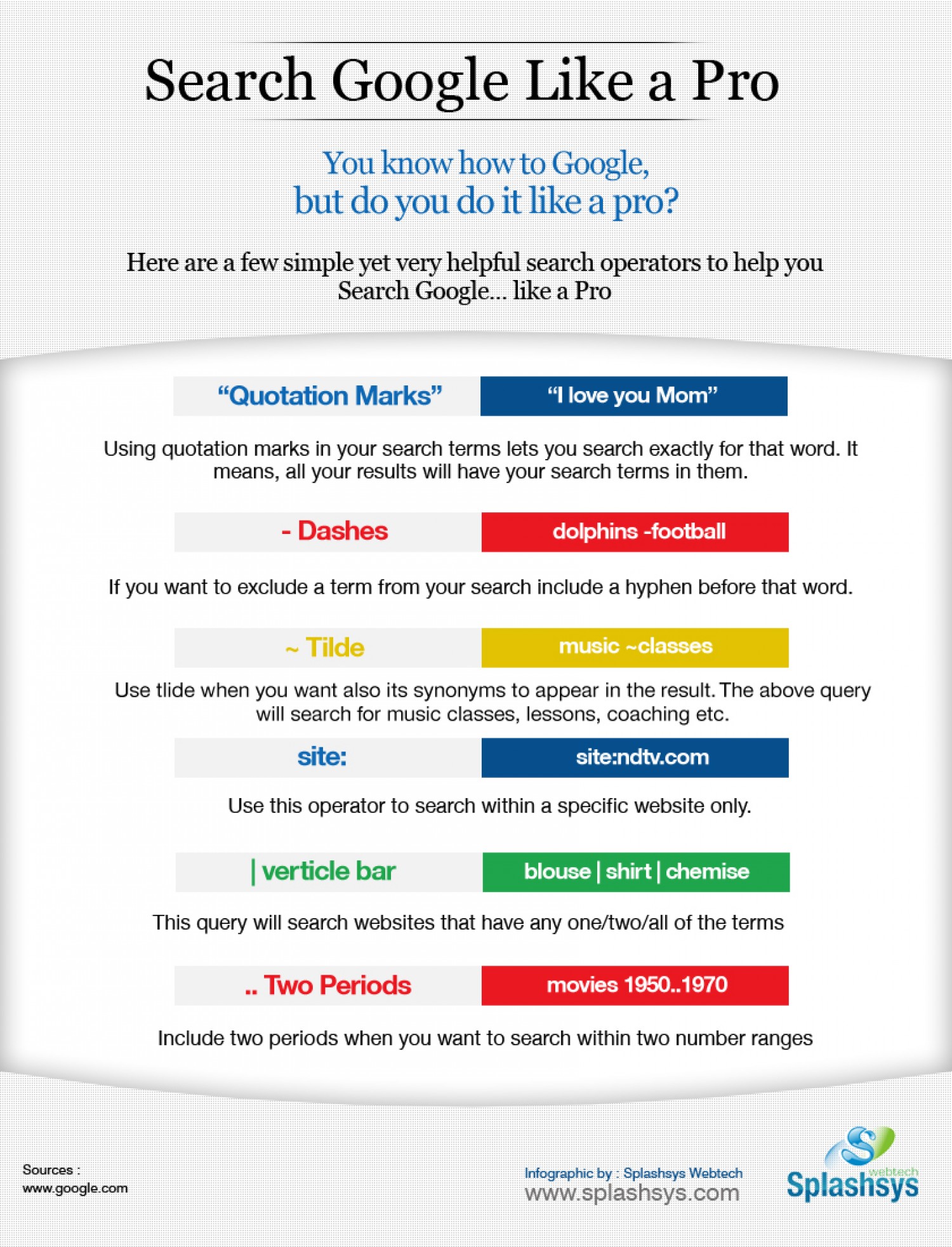What is Reverse Image Search and How Does it Work?
Reverse image search is a powerful tool that allows users to search for information using images instead of text. This innovative feature has revolutionized the way we search for content online, making it easier to find what we’re looking for. By using images to search Google, users can unlock a wealth of information and discover new content.
Google’s reverse image search algorithm uses a combination of machine learning and computer vision to match images and provide relevant results. When you upload an image or enter an image URL, Google’s algorithm analyzes the image’s visual features, such as shapes, colors, and textures, to identify patterns and objects. This information is then used to search for similar images or related content.
The process involves several stages, including image processing, feature extraction, and matching. Google’s algorithm is designed to be highly efficient, allowing it to process millions of images in a matter of seconds. This enables users to quickly find what they’re looking for, whether it’s a similar image, a product, or information about a particular topic.
Reverse image search has numerous applications, from finding similar products to identifying unknown objects or people. It’s also a valuable tool for verifying the authenticity of images, which is essential in today’s digital age. By using reverse image search, users can ensure that the images they share or use are accurate and trustworthy.
Understanding how to search Google through images can be a game-changer for anyone looking to unlock the full potential of visual search. By mastering this skill, users can tap into a vast array of information and discover new content that might have otherwise gone unnoticed.
Why Use Image Search: Benefits and Advantages
Image search offers a multitude of benefits and advantages that make it an essential tool for anyone looking to unlock the full potential of visual search. By using image search, users can find similar images, identify unknown objects or people, and verify the authenticity of images.
One of the primary benefits of image search is its ability to help users find similar images. This can be particularly useful for designers, artists, and marketers who need to find inspiration or reference images for their work. By using image search, users can quickly and easily find similar images that match their search criteria.
Image search is also a valuable tool for identifying unknown objects or people. For example, if you come across an image of a mysterious object or person, you can use image search to identify what it is or who it is. This can be particularly useful for historians, researchers, and journalists who need to verify the authenticity of images.
Verifying the authenticity of images is another key benefit of image search. In today’s digital age, it’s easy to manipulate or fake images, which can lead to misinformation and confusion. By using image search, users can quickly and easily verify the authenticity of images and ensure that they are accurate and trustworthy.
Image search can also be used in a variety of scenarios, such as finding similar products, identifying unknown objects or people, and verifying the authenticity of news images. For example, if you’re shopping online and want to find similar products, you can use image search to find images of similar products and compare prices and features.
Overall, image search offers a wide range of benefits and advantages that make it an essential tool for anyone looking to unlock the full potential of visual search. By using image search, users can quickly and easily find similar images, identify unknown objects or people, and verify the authenticity of images.
How to Search Google with Images: A Step-by-Step Guide
Searching Google with images is a straightforward process that can be completed in a few simple steps. To get started, users can access the image search feature by clicking on the “Images” tab on the Google homepage or by visiting the Google Images website directly.
Once you’re on the Google Images page, you can upload an image or enter an image URL to search for similar images. To upload an image, click on the “Upload an image” button and select the image file from your computer. Alternatively, you can enter the URL of the image you want to search for.
After uploading or entering the image URL, Google’s algorithm will analyze the image and provide a list of similar images. Users can then refine their search results using filters and tools, such as the “Size” filter to find images of a specific size or the “Color” filter to find images with a specific color palette.
Google’s image search feature also includes a number of advanced tools and features, such as the ability to search for images by keyword or to use the “Reverse image search” feature to find similar images. To use the reverse image search feature, click on the “Reverse image search” button and upload or enter the image URL.
By following these simple steps, users can easily search Google with images and find the information they need. Whether you’re looking for similar images, trying to identify an unknown object or person, or verifying the authenticity of an image, Google’s image search feature is a powerful tool that can help you achieve your goals.
Learning how to search Google through images can be a valuable skill, especially in today’s visual-centric world. By mastering this skill, users can unlock a wealth of information and discover new content that might have otherwise gone unnoticed.
Using Google Lens: A Powerful Tool for Visual Search
Google Lens is a powerful tool that allows users to search for information using images taken with their smartphone camera. This feature is available on both Android and iOS devices, and can be accessed through the Google Assistant or the Google Photos app.
To use Google Lens, simply open the Google Assistant or Google Photos app and point your camera at an object or image. Google Lens will then analyze the image and provide information about what it sees. This can include identifying objects, scanning QR codes, and translating text.
One of the most useful features of Google Lens is its ability to identify objects and provide information about them. For example, if you point your camera at a product, Google Lens can provide information about the product, including its name, price, and reviews.
Google Lens can also be used to scan QR codes and provide information about the content they link to. This can be useful for accessing websites, downloading apps, and more.
In addition to identifying objects and scanning QR codes, Google Lens can also be used to translate text. This can be useful for travelers who need to read signs or menus in a foreign language.
Google Lens is a powerful tool that can be used in a variety of ways. By using Google Lens, users can unlock a wealth of information and discover new things about the world around them.
Learning how to search Google through images using Google Lens can be a valuable skill, especially in today’s visual-centric world. By mastering this skill, users can unlock a wealth of information and discover new content that might have otherwise gone unnoticed.
Advanced Image Search Techniques: Tips and Tricks
Once you’ve mastered the basics of image search, it’s time to take your skills to the next level with advanced techniques and tips. By using these techniques, you can refine your search results, find more relevant images, and get the most out of Google’s image search feature.
One of the most powerful advanced techniques is using keywords to refine your search results. By adding keywords to your search query, you can narrow down your results to find images that match your specific needs. For example, if you’re searching for images of a specific product, you can add keywords like “product name” or “brand name” to find more relevant results.
Another advanced technique is using filters to refine your search results. Google’s image search feature includes a range of filters, such as “Size”, “Color”, and “Type”, that allow you to narrow down your results to find images that match your specific needs. By using these filters, you can quickly and easily find images that meet your requirements.
Google’s image search feature also includes a range of tools that can help you refine your search results. For example, the “Similar images” tool allows you to find images that are similar to the one you’re searching for, while the “Reverse image search” tool allows you to find images that match the one you’re searching for.
In addition to these advanced techniques, you can also use image search in conjunction with other Google features, such as Google Maps. By using image search with Google Maps, you can find images of specific locations, such as landmarks or businesses, and get more information about them.
By mastering these advanced image search techniques, you can get the most out of Google’s image search feature and find the images you need quickly and easily. Whether you’re a professional or just a casual user, these techniques can help you unlock the full potential of image search and achieve your goals.
Learning how to search Google through images using these advanced techniques can be a valuable skill, especially in today’s visual-centric world. By mastering this skill, you can unlock a wealth of information and discover new content that might have otherwise gone unnoticed.
Common Use Cases for Image Search: Real-World Examples
Image search is a versatile tool that can be used in a variety of scenarios. Here are some real-world examples of how image search can be used:
Identifying a mysterious object: Imagine you’re on a hike and you come across a strange-looking plant or rock. You can use image search to identify what it is and learn more about it.
Finding similar products: If you’re shopping online and you see a product you like, you can use image search to find similar products from other retailers. This can help you compare prices and find the best deal.
Verifying the authenticity of a news image: With the rise of fake news, it’s more important than ever to verify the authenticity of images. Image search can help you do this by allowing you to search for similar images and see if they’ve been used in other contexts.
Identifying a person or celebrity: If you see a picture of someone you don’t recognize, you can use image search to identify who they are. This can be especially useful for identifying celebrities or public figures.
Learning about art and history: Image search can be a powerful tool for learning about art and history. By searching for images of famous paintings or historical events, you can learn more about the context and significance of the image.
These are just a few examples of how image search can be used in real-world scenarios. By mastering the skills of image search, you can unlock a wealth of information and discover new things about the world around you.
Learning how to search Google through images can be a valuable skill, especially in today’s visual-centric world. By mastering this skill, you can unlock a wealth of information and discover new content that might have otherwise gone unnoticed.
Best Practices for Image Search: Dos and Don’ts
When using image search, it’s essential to follow best practices to ensure that you get the most out of this powerful tool. Here are some dos and don’ts to keep in mind:
DO: Use high-quality images that are clear and well-lit. This will help Google’s algorithm to accurately identify the image and provide relevant results.
DO: Use relevant keywords when searching for images. This will help Google’s algorithm to understand the context of the image and provide more accurate results.
DO: Use the “Advanced search” feature to refine your search results. This will allow you to filter your results by factors such as image size, color, and type.
DON’T: Use low-quality images that are blurry or poorly lit. This can make it difficult for Google’s algorithm to accurately identify the image and provide relevant results.
DON’T: Use irrelevant keywords when searching for images. This can lead to inaccurate results and make it more difficult to find what you’re looking for.
DON’T: Ignore image copyright and usage rights. Always make sure that you have the necessary permissions to use an image, and give credit where credit is due.
By following these best practices, you can get the most out of image search and ensure that you’re using this powerful tool effectively.
Learning how to search Google through images can be a valuable skill, especially in today’s visual-centric world. By mastering this skill, you can unlock a wealth of information and discover new content that might have otherwise gone unnoticed.
Future of Image Search: Emerging Trends and Technologies
The field of image search is rapidly evolving, with new technologies and trends emerging all the time. One of the most significant developments in recent years has been the use of artificial intelligence (AI) and machine learning to improve image recognition and search results.
Google’s image search algorithm is already using AI and machine learning to identify objects and scenes within images, and to provide more accurate search results. This technology is also being used to improve the accuracy of image recognition, and to enable more advanced features such as image segmentation and object detection.
Another emerging trend in image search is the use of augmented reality (AR) and virtual reality (VR) to enhance the search experience. For example, Google’s AR technology allows users to search for information about objects and scenes in the real world, using their smartphone camera.
The potential applications of image search are vast, and include fields such as healthcare, education, and commerce. For example, image search could be used to help doctors diagnose diseases more accurately, or to enable students to learn more effectively through interactive and immersive experiences.
As image search technology continues to evolve, we can expect to see even more innovative and creative applications in the future. Whether you’re a researcher, a student, or simply someone who loves to learn, image search is an exciting and rapidly evolving field that is sure to have a major impact on our lives.
Learning how to search Google through images is just the beginning. As image search technology continues to evolve, we can expect to see even more innovative and creative applications in the future.

:max_bytes(150000):strip_icc()/Reverse-Image-Search-annotated-dd6c4bbbb3044ecbb97ec4af09ccfedb.jpg)






